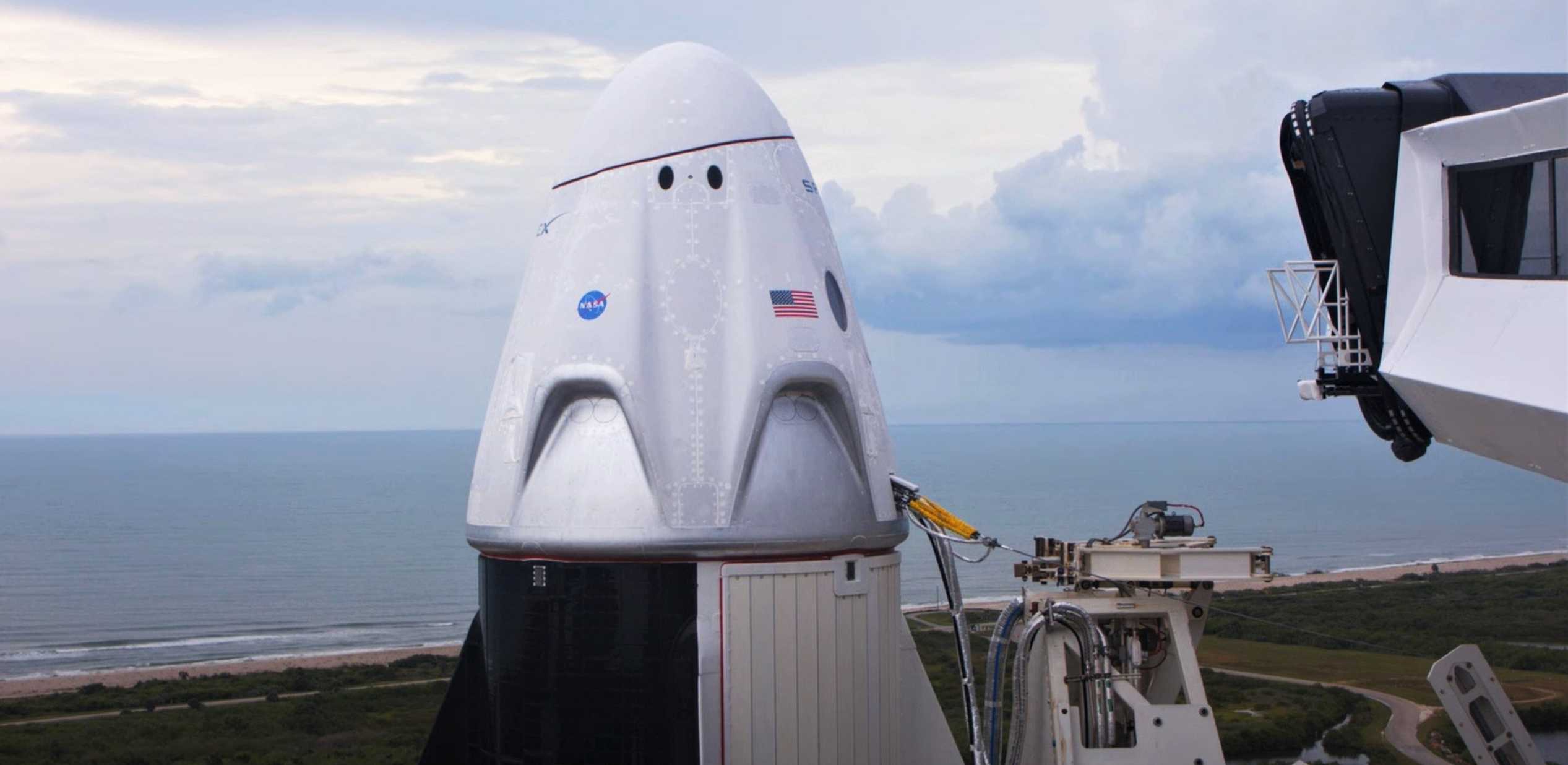
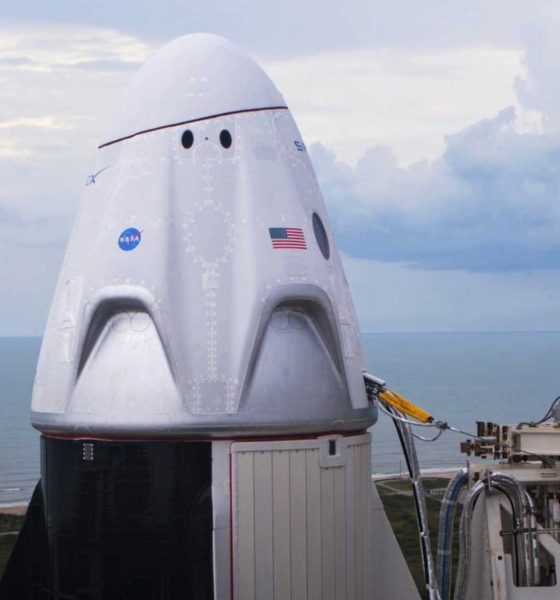
News
SpaceX’s historic NASA astronaut launch debut on track for second attempt
Rather than making history on May 27th, SpaceX’s highest-profile launch ever – Crew Dragon’s NASA astronaut launch debut – was scrubbed just minutes before liftoff by stormy Florida weather. Unfortunately, conditions appear to be even less favorable on Saturday and Sunday backup windows.
Weather trended well, until it didn’t
The day began with launch fans growing increasingly concerned about a system of low-pressure off of Florida’s northeast coast that strengthened into tropical storm Bertha – the second named storm before the official start of the Atlantic basin hurricane season on June 1st. As the day progressed, Bertha became less of a worry for SpaceX recovery and emergency abort drop zones as it moved further north up the coast eventually making landfall in South Carolina. Then the thunderstorms began firing up.
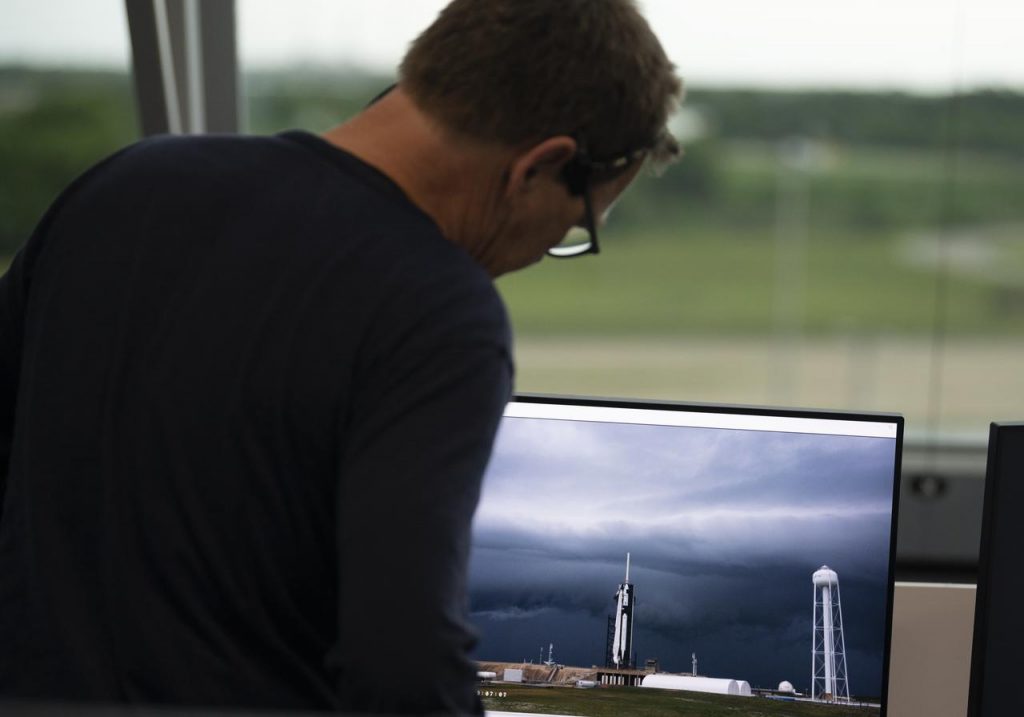
Going into launch day launch weather officer, Mike McAleenan of the U.S. Space Force’s 45th Weather Squadron predicted a 60% chance of favorable launch weather conditions. That decreased slightly to 50% during the morning’s launch weather briefing. The 50/50 shot of Florida weather cooperating to get the launch off during the one-second long launch window opportunity remained the main concern for the rest of the day.
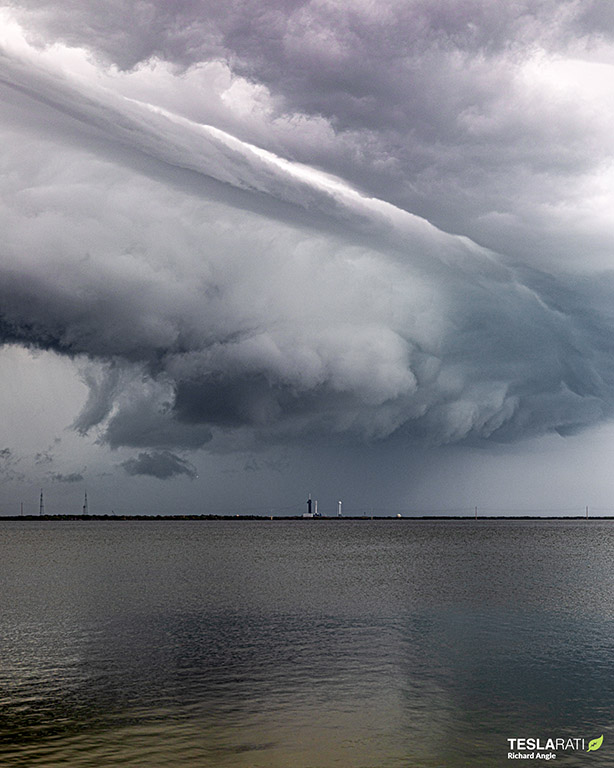
During the final thirty minutes of the countdown, many of the weather constraints that were holding up a green-light for launch from cleared up, but one last weather rule remained no-go. McAleenan stated over the internal weather communication loop during NASA’s live broadcast that if the launch window could’ve extended another 10 minutes, the weather would probably cooperate. This wasn’t the case, though. The launch attempt was ultimately aborted just 14 minutes shy of liftoff due to the “field mill” rule not clearing in time. The lightning field mill rule refers to a sophisticated electrical field system that spans the entire area of Kennedy Space Center and the surrounding area of Cape Canaveral responsible for continuously detecting the electrical charge of the atmosphere.
Protecting rockets from producing lightning
Rockets are not permitted to launch through an electrically charged atmosphere because of the possibility of what is called “triggered” lightning – lightning that is actually produced by a rocket bursting through an electrically charged atmosphere. Sending a rocket through an already unstable atmosphere can cause a disturbance, a lightning bolt, to be triggered. This phenomenon has the capability of being potentially dangerous for the rocket and, more importantly in this case, the occupants on board.
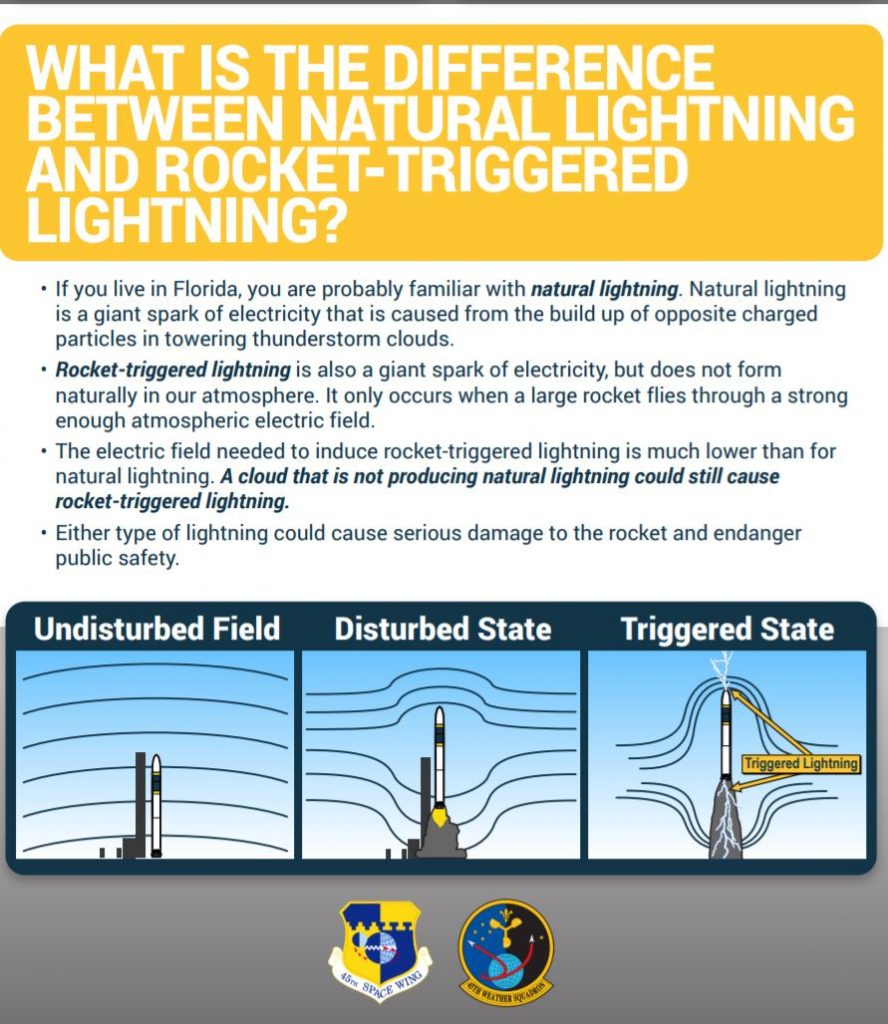
Demo-2, Round 2
Following a scrubbed first attempt, the 45th Weather Squadron released the L-3 (3 days until launch) forecast for the second attempt to send NASA astronauts Doug Hurley and Bob Behnken to the International Space Station. The prediction looked much like the one going into Wednesday’s attempt. On Thursday morning, May 28th, a new L-2 (2 days until launch) forecast was released showing very little change from the evening before.
SpaceX’s next attempt at a Demo-2 launch will occur on Saturday, May 30th, at 3:22:41pm EDT with another backup attempt scheduled for Sunday, May 31st at 3:00:07pm EDT. The outlook for the weather, however, looks much the same as it did for Wednesday. The 45th Weather Squadron is currently predicting only a 40% chance of favorable launching conditions on both days, and that’s just for the weather directly over LC-39A at the time of launch.
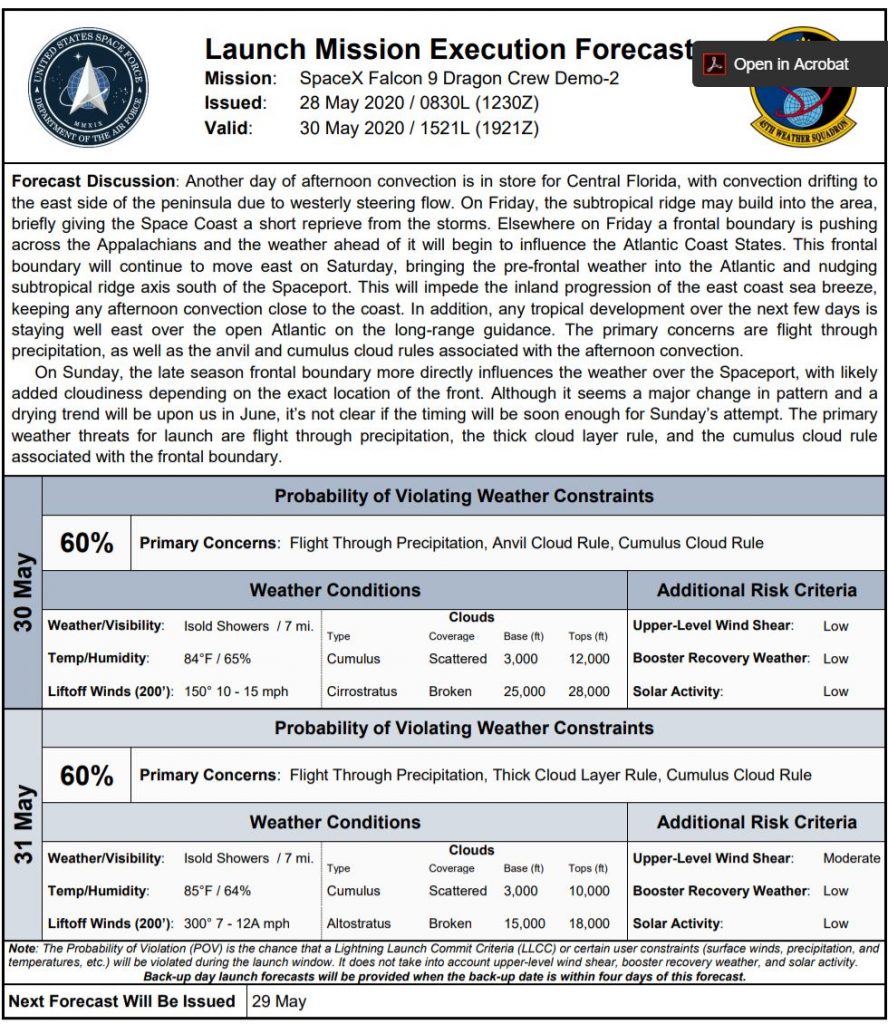
The 45th Weather Squadron does not predict other conditions that can determine a scrub of launch including upper-level atmospheric winds capable of completely sheering apart a rocket at altitude, or weather conditions for booster recovery and the recovery zones needed to rescue the Dragon capsule in the event of an emergency abort scenario. SpaceX has its own team of professionals that work in tandem with the 45th Weather Squadron to monitor the conditions of the recovery and abort zones. SpaceX takes things into consideration like wave height and patterns to determine whether or not conditions are appropriate enough for crews to perform any and all recovery operations that may be needed.
For Saturday’s attempt, the SpaceX Demo-2 will once again face the challenges of precipitation and dangerous lightning producing anvil and cumulus clouds. Expect launch day to look much like it did during the first attempt on Wednesday. SpaceX will need to thread one seriously precise needle to pull off the most historic rocket launch in company history.
Check out Teslarati’s newsletters for prompt updates, on-the-ground perspectives, and unique glimpses of SpaceX’s rocket launch and recovery processes.

News
Tesla launches its new branded Supercharger for Business with first active station
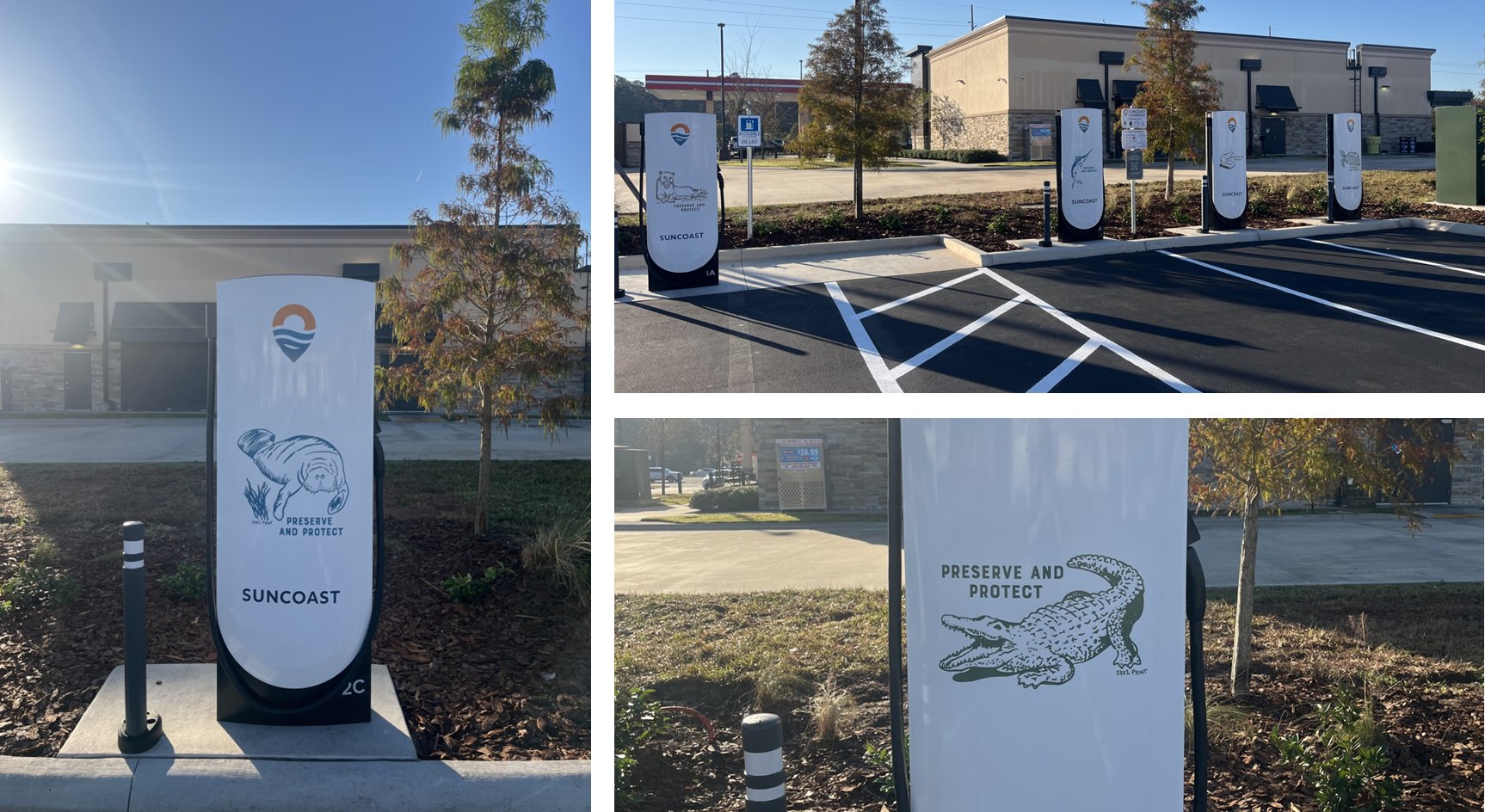
Tesla has officially launched its first branded Supercharger just months after initiating a new program that allows third-party companies to brand their own charging piles.
The site opened in Land O’ Lakes, Florida, and features eight V4 Supercharging stalls offering up to 325 kW of charging speed. It appears it was purchased by a company called Suncoast Credit Union. This particular branch is located Northeast of Tampa, which is on the Gulf of Mexico.
It features graphics of Florida animals, like alligators:
Here’s a video of the graphics being installed on the Tesla Superchargers at this site: https://t.co/oIfEPNZjAH pic.twitter.com/ENWakZ2qT9
— TESLARATI (@Teslarati) November 20, 2025
Tesla launched this program back in September, and it basically was a way to expand its Supercharger presence and also allow companies to pay for the infrastructure. Tesla maintains it. When it announced the “Supercharger for Business,” it said:
“Purchase and install Superchargers at your business. Superchargers are compatible with all electric vehicles, bringing EV drivers to your business by offering convenient, reliable charging.”
The program does a few things. Initially, it expands EV charging infrastructure and makes charging solutions more readily available for drivers. It can also attract people to those businesses specifically.
Tesla launches new Supercharger program that business owners will love
The chargers can also be branded with any logo that the business chooses, which makes them more personalized and also acts as an advertisement.
The best part is that the customers do not have to maintain anything about the Supercharger. Tesla still takes care of it and resolves any issues:
“We treat your site like we treat our sites. By providing you with a full-service package that includes network operations, preventative maintenance, and driver support, we’re able to guarantee 97% uptime–the highest in the industry.”
It appears the Superchargers will also appear within the in-car nav during routing, so they’ll be publicly available to anyone who needs to use them. They are still available to all EVs that have worked with Tesla to utilize its infrastructure, and they are not restricted to people who are only visiting the business.
Cybertruck
Tesla reveals its Cybertruck light bar installation fix
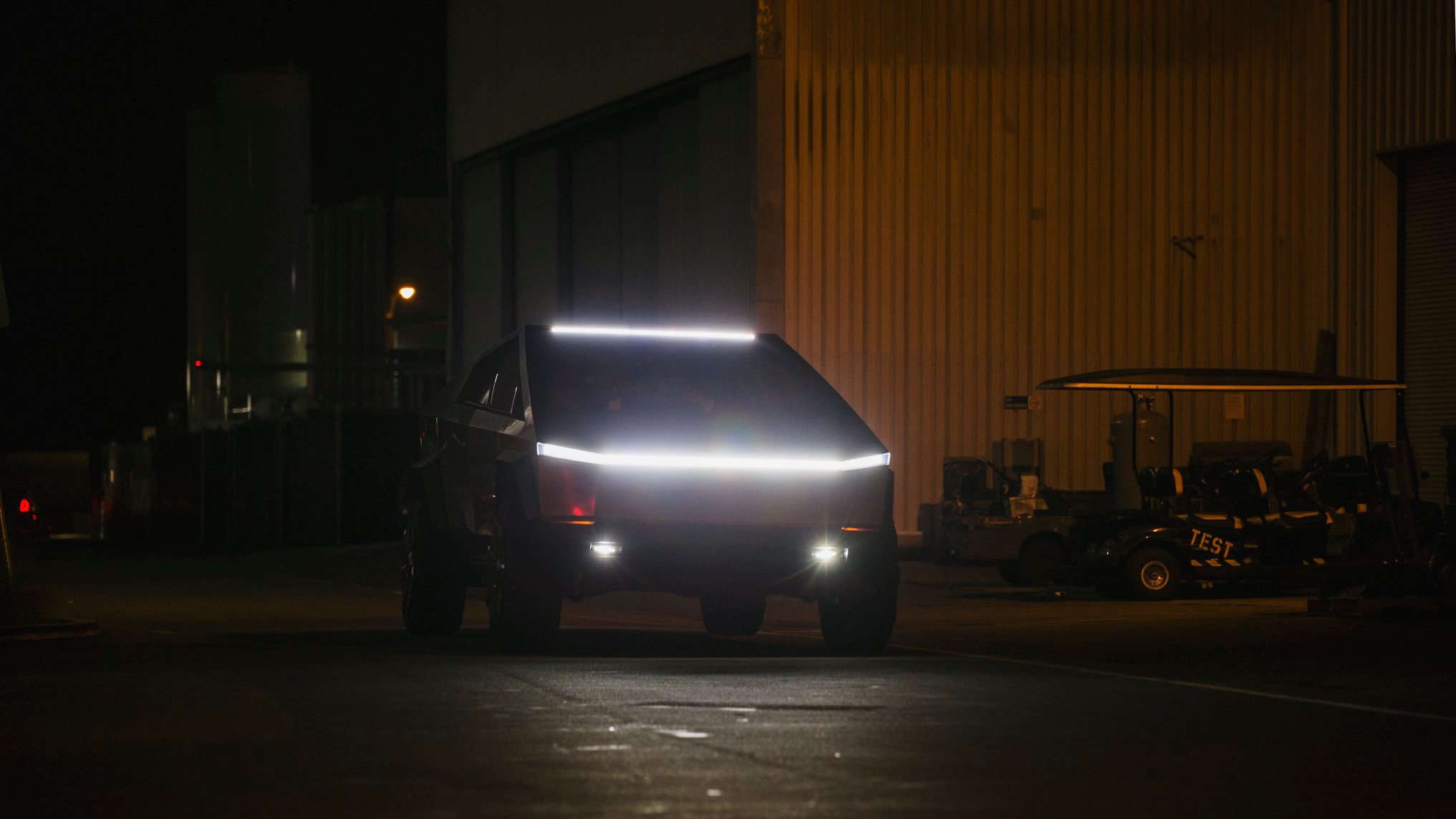
Tesla has revealed its Cybertruck light bar installation fix after a recall exposed a serious issue with the accessory.
Tesla and the National Highway Traffic Safety Administration (NHTSA) initiated a recall of 6,197 Cybertrucks back in October to resolve an issue with the Cybertruck light bar accessory. It was an issue with the adhesive that was provided by a Romanian company called Hella Romania S.R.L.
Tesla recalls 6,197 Cybertrucks for light bar adhesive issue
The issue was with the primer quality, as the recall report from the NHTSA had stated the light bar had “inadvertently attached to the windshield using the incorrect surface primer.”
Instead of trying to adhere the light bar to the Cybertruck with an adhesive, Tesla is now going to attach it with a bracketing system, which will physically mount it to the vehicle instead of relying on adhesive strips or glue.
Tesla outlines this in its new Service Bulletin, labeled SB-25-90-001, (spotted by Not a Tesla App) where it shows the light bar will be remounted more securely:
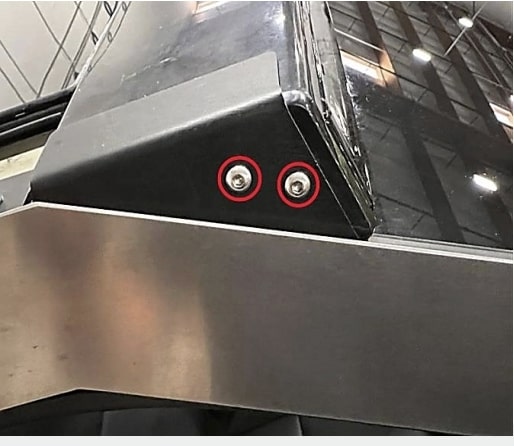
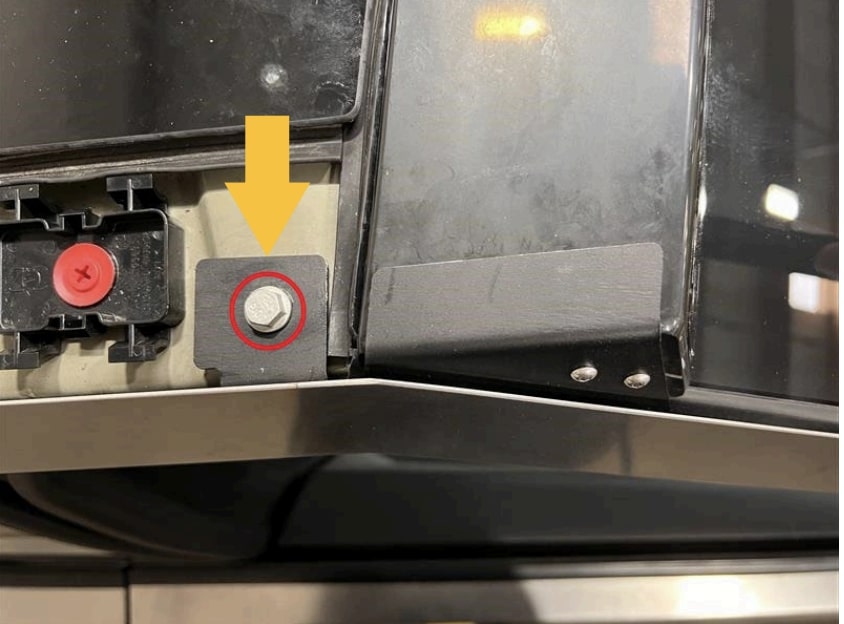
The entire process will take a few hours, but it can be completed by the Mobile Service techs, so if you have a Cybertruck that needs a light bar adjustment, it can be done without taking the vehicle to the Service Center for repair.
However, the repair will only happen if there is no delamination or damage present; then Tesla could “retrofit the service-installed optional off-road light bar accessory with a positive mechanical attachment.”
The company said it would repair the light bar at no charge to customers. The light bar issue was one that did not result in any accidents or injuries, according to the NHTSA’s report.
This was the third recall on Cybertruck this year, as one was highlighted in March for exterior trim panels detaching during operation. Another had to do with front parking lights being too bright, which was fixed with an Over-the-Air update last month.
News
Tesla is already expanding its Rental program aggressively
The program has already launched in a handful of locations, specifically, it has been confined to California for now. However, it does not seem like Tesla has any interest in keeping it restricted to the Golden State.
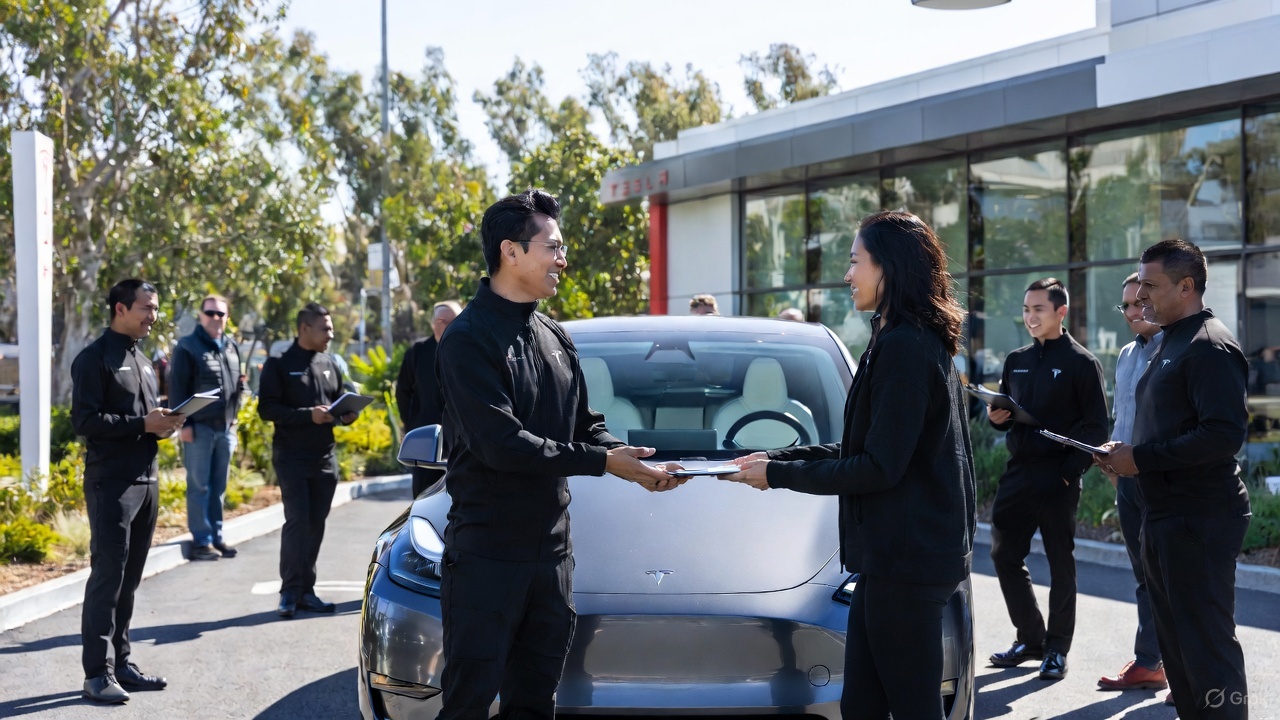
Tesla is looking to expand its Rental Program aggressively, just weeks after the program was first spotted on its Careers website.
Earlier this month, we reported on Tesla’s intention to launch a crazy new Rental program with cheap daily rates, which would give people in various locations the opportunity to borrow a vehicle in the company’s lineup with some outrageous perks.
Along with the cheap rates that start at about $60 per day, Tesla also provides free Full Self-Driving operation and free Supercharging for the duration of the rental. There are also no limits on mileage or charging, but the terms do not allow the renter to leave the state from which they are renting.
🚨🚨 If you look up details on the Tesla Rental program on Google, you’ll see a bunch of sites saying it’s because of decreasing demand 🤣 pic.twitter.com/WlSQrDJhMg
— TESLARATI (@Teslarati) November 10, 2025
The program has already launched in a handful of locations, specifically, it has been confined to California for now. However, it does not seem like Tesla has any interest in keeping it restricted to the Golden State.
Job postings from Tesla now show it is planning to launch the Rental program in at least three new states: Texas, Tennessee, and Massachusetts.
The jobs specifically are listed as a Rental Readiness Specialist, which lists the following job description:
“The Tesla Rental Program is looking for a Rental Readiness Specialist to work on one of the most progressive vehicle brands in the world. The Rental Readiness Specialist is a key contributor to the Tesla experience by coordinating the receipt of incoming new and used vehicle inventory. This position is responsible for fleet/lot management, movement of vehicles, vehicle readiness, rental invoicing, and customer hand-off. Candidates must have a high level of accountability, and personal satisfaction in doing a great job.”
It also says that those who take the position will have to charge and clean the cars, work with clients on scheduling pickups and drop-offs, and prepare the paperwork necessary to initiate the rental.
The establishment of a Rental program is big for Tesla because it not only gives people the opportunity to experience the vehicles, but it is also a new way to rent a car.
Just as the Tesla purchasing process is more streamlined and more efficient than the traditional car-buying experience, it seems this could be less painful and a new way to borrow a car for a trip instead of using your own.








